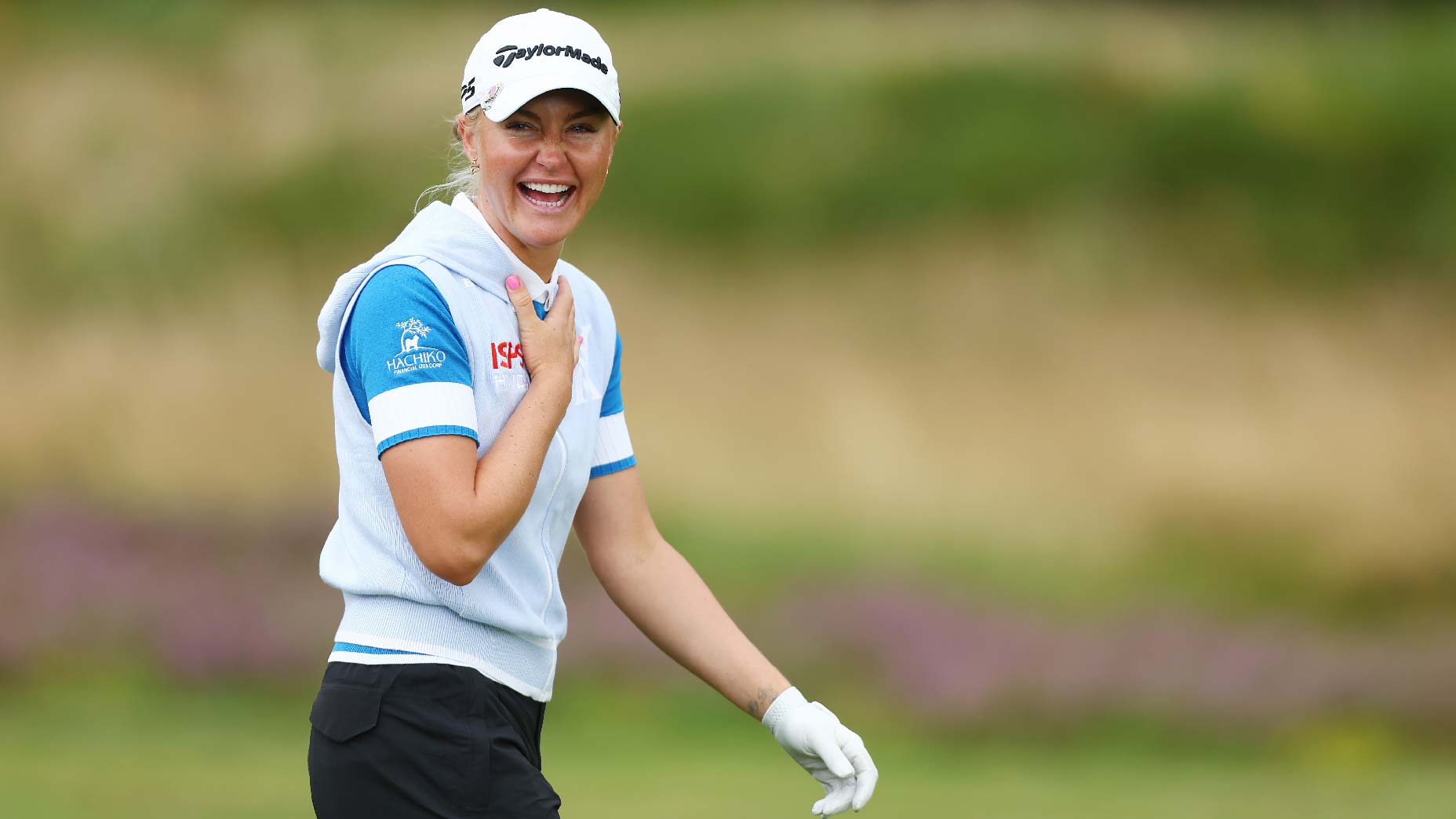
It’s a testament to the PGA Tour’s housecleaning of its fall slate that the most recent GreenSheet, a monthly staple of news and notes for Tour members, has two full pages dedicated to “FedEx Fall 2023” as a sort of FAQ for the uninitiated.
The monsoon of change that’s reshaped professional golf the last two years continues into the fall as the Tour shifts back to a calendar-year schedule, starting in January in Maui and ending at East Lake in September, with a focus on signature events. That leaves the fall, which has served as a quiet kickoff to the Tour season since 2014, a bit of a wildcard.
In the simplest terms, the seven fall events will serve as a seeding series with players vying to secure their full Tour cards (top 125) or improve their status for the following season.
This is the fall slate:
- Sept. 14-17: Fortinet Championship
- Oct. 5-8: Sanderson Farms Championship
- Oct. 12-15: Shriners Children’s Open
- Oct. 19-22: Zozo Championship (Japan)
- Nov. 2-5: World Wide Technology Championship
- Nov. 9-12: Butterfield Bermuda Championship
- Nov. 16-19: RSM Classic
A victory in the fall is still worth a two-year Tour exemption, a spot in the Masters and an outsized paycheck, but the need to play and perform in the fall goes beyond those basics.
Consider MacKenzie Hughes’ plight. After rounds of 67-68 to start his week at the playoff opener in Memphis, the Canadian was projected to move into the top 50 on the points list. But he struggled to a 75 on Saturday, slipped to 51st and didn’t qualify for the BMW Championship.
Hughes, who is back to work this week at the fall opener in Napa, California, is exempt next season on Tour but he can also play his way into two early signature events, the AT&T Pebble Beach Pro-Am and Genesis Invitational, by finishing between 51st and 60th on the final fall points list.
FedExCup points from the regular and postseason will carry over into the fall and give Hughes an advantage but with full points available at all seven stops, including 500 points to each winner, there are no guarantees. In fact, various models indicate players who finished around 90th on the points list are likely to finish inside the top 125 at the end of the fall even if they don’t play any events. But unprecedented change also comes with uncomfortable uncertainty.
It will be even more acute pressure for Trey Mullinax. No. 126 on the regular-season points list will need to crack the top 125 in the fall to earn full exempt status, which comes with an invitation to The Players Championship. Meanwhile, No. 151 Carl Yuan will begin the fall exactly two points behind No. 150 Ryan Moore for the final conditional-status spot.
Those players who advanced past the first playoff event and finished last season inside the top 50 in points are locked in for all eight signature events in 2024 and won’t earn points in the fall, which is why they won’t be making many starts through the end of the year. But for those outside the top 50, the upside to playing well in the fall is far too compelling.
Starting next year, the signature events won’t be mandatory. Instead, the Tour hopes to incentivize players to participate in the elevated events with large purses (an average of $20 million), more FedExCup points and some limited fields with no cuts.
Since the introduction of the World Golf Championships there has always been tournaments tiers on Tour, but the signature events have etched a very clear line, with those on the outside looking in playing for far fewer FedExCup points, prize money and world ranking points.
It’s why the FedEx Fall feels more compelling than ever. Although not technically part of the FedExCup season, the fall, which culminates with the RSM Classic in late November, will have an outsized influence on when and where many players compete in 2024.
“This fall is massive. The storylines and the drama that could unfold will be great for TV. There’s jobs at stake. It’s so different than what we had before because of what the Tour is going to become,” said Ryan Palmer, who begins the fall No. 155 in points. “If you win, you’re in Maui, the Masters. Guys are trying to get in that 51 to 60 for LA and Pebble and then [top] 125. That’s going to be the difference going forward. The turnover is going to be so much more going forward.”
For the likes of Hughes, who was gutted by his near miss at the FedEx St. Jude Championship, the difference between 51st and 50th on the points list is a mere 31 points, but practically speaking, it’s so much more.
There’ll be a finality to this fall that’s been missing since the Tour created the wraparound schedule. But how that finality impacts players and whether it resonates with fans remains to be seen.







